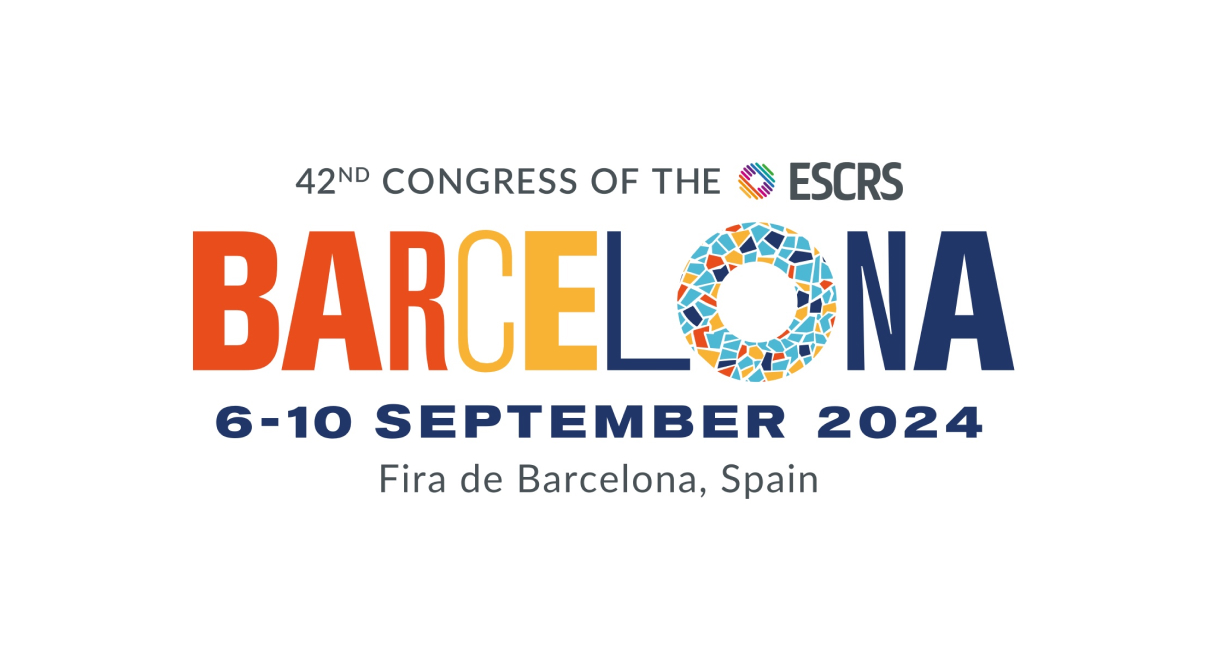
On September 6, in Barcelona, Spain, the British multinational Rayner, which manufactured the world's first intraocular lens (implanted by Englishman Harold Ridley in 1949), will launch in the European market a multifocal intraocular lens for cataract surgery that promises to revolutionize the sector, with technology developed by a group of researchers led by a Brazilian ophthalmologist.
Named Galaxy, the intraocular lens is the result of work led by ophthalmologist João Marcelo Lyra, founder of Logos Bioscience, who invested his own resources in forming a team of scientists from the fields of Computing, Optical Physics, and Ophthalmology to create a lens with an innovative shape capable of reducing by more than 50% the most common visual distortions found in multifocal intraocular lenses - such as "halos," rings of light that appear around light sources and hinder night driving, for example.
The technological leap of the new lens developed in Brazil began with its design. While traditional multifocal intraocular lenses generally have a concentric shape, in layers arranged one inside the other like circles of a target (each designed to help see at different distances - near, intermediate, and far), ophthalmologist João Marcelo Lyra, inspired by the illustration on a book cover, had the idea of developing a lens in a spiral shape, similar to the spiral of galaxies (hence the name Galaxy), in search of a smoother transition between vision zones.
Instead of being content with writing a scientific article proposing the new lens shape, the doctor and surgeon's previous experience working for more than 15 years alongside computer scientists in developing medical decision support software based on Artificial Intelligence gave him the confidence to invest his own resources in forming an interdisciplinary team capable of producing a prototype of the new lens in Brazil.
In addition to bringing together specialists in the field of Computing and Artificial Intelligence, such as Dr. Aydano Machado, a researcher from the Federal University of Alagoas, with whom Lyra had already worked on developing AI-based solutions for refractive surgery, the ophthalmologist contacted one of the greatest specialists in Optical Physics in Brazil for the project, researcher Davies William de Lima Monteiro, with a doctorate in Optics from the Netherlands, who indicated two other researchers to join the new lens development team. "The differential that made the lens development possible was exactly this integrated work of researchers from various fields focused on a product that would solve real complaints from our patients in the office," says surgeon João Marcelo Lyra, explaining that the Computing specialists involved in the lens development even took specialization courses in optical system design to develop algorithms that would simulate the best results.
According to Lyra, between the project's conception in 2019 and the first development studies and prototypes between 2020 and 2021, in the midst of the pandemic, the technological challenges in both the optical and computational fields almost led the group to interrupt the project. "The first models did not achieve the expected results, and we needed, at the end of 2021, to reassess everything we had done to achieve our goal of developing a lens that was capable of both reducing halos and other unwanted effects, as well as making the patient less dependent on glasses to see different distances," says the ophthalmologist.
With new adjustments to the lens design that improved neuroadaptation (the brain's ability to quickly adjust to the new optical device) and expanded the vision corridor between different distances, the next step was to produce the first prototypes in Brazil under contract with manufacturers in Minas Gerais, a state that concentrates one of the most prestigious Ophthalmology centers in the country and Latin America. It's no coincidence that in Belo Horizonte, for example, the research and development centers in the area of multinationals such as the British Rayner are based, which showed interest in the new technology mainly after the first successful results of implanting the new lens in patients in 2022.
In the same year, Rayner decided to bet on the new technology developed in Brazil not only to expand its participation in the global market of the sector (with an estimated implantation of about 30 million intraocular lenses annually worldwide) but also to expand its investments in research and development in Latin America.